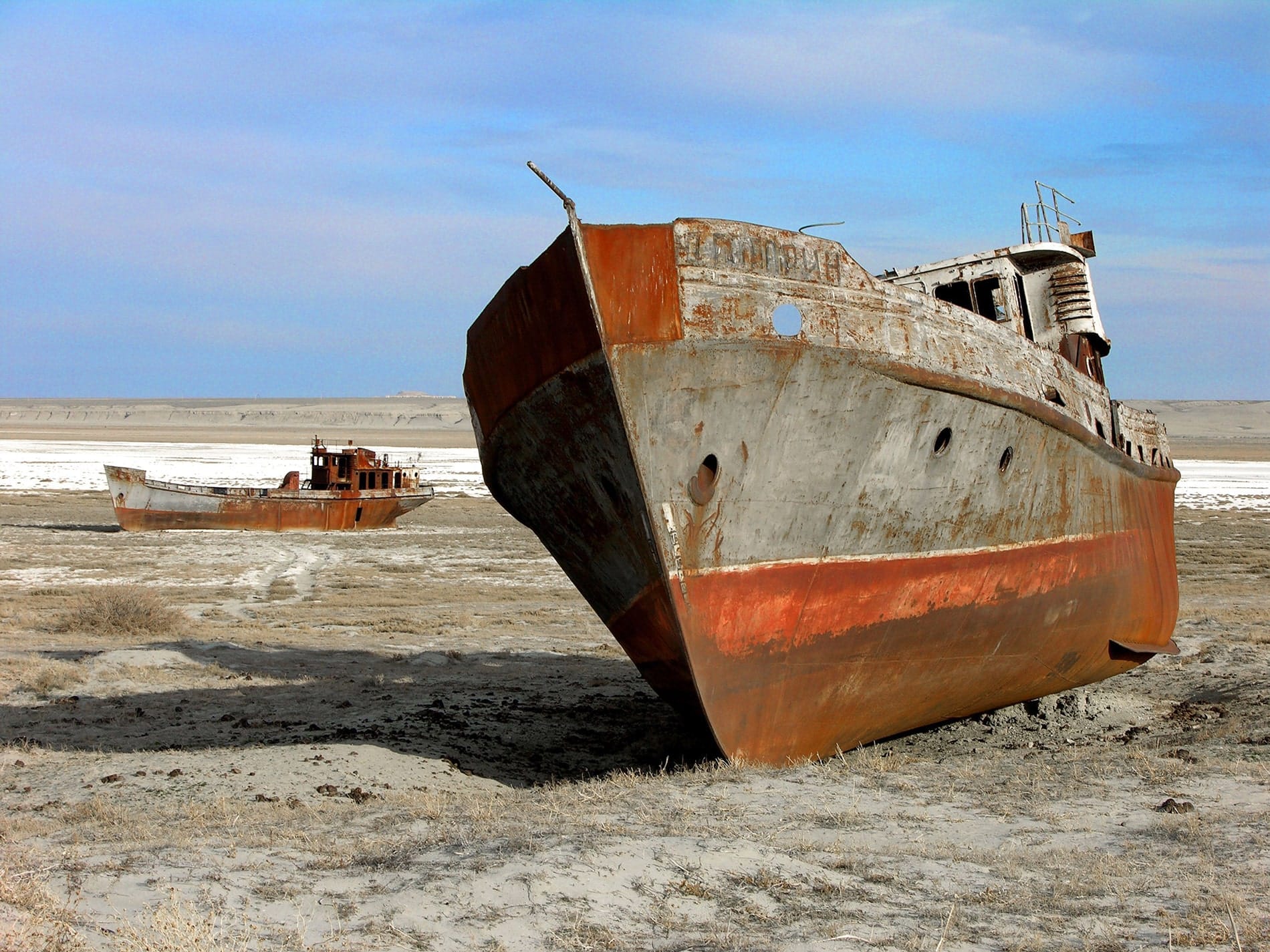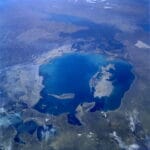Once a thriving island in the Aral Sea, Vozrozhdeniya Island has vanished, swallowed by the relentless advance of the Aralkum Desert. This desolate landscape holds a chilling secret: for decades, it served as the Soviet Union’s clandestine testing ground for some of the world’s deadliest bioweapons.
A Paradise Lost: From Lush Island to Toxic Wasteland
The story of Vozrozhdeniya Island is a stark reminder of the devastating consequences of unchecked ambition and environmental neglect. What was once a small, unremarkable landmass in the Aral Sea, teeming with life, grew dramatically in the 1960s. This unexpected growth, however, was a harbinger of disaster, a direct result of ambitious Soviet irrigation projects that diverted the very lifeblood of the Aral Sea. As the sea shrank, the island expanded, eventually becoming the world’s second-largest lake island. But this expansion came at a terrible cost.
A Shroud of Secrecy: Unveiling Aralsk-7
In 1954, at the height of the Cold War, the Soviet Union established a top-secret facility on Vozrozhdeniya Island: Aralsk-7. This seemingly innocuous name belied the sinister work conducted there. Aralsk-7 was a bioweapons facility, dedicated to the research, development, and testing of some of the most dangerous pathogens known to humankind. Anthrax, smallpox, plague, tularemia – these terrifying names echo through the history of the island, a testament to the deadly ambitions hidden within its borders.
Open-air testing of weaponized pathogens on animals was commonplace, a practice that led to the widespread contamination of the island’s soil and groundwater. The health risks, both to the scientists stationed there and to the surrounding populations, were staggering. Yet, shrouded in secrecy, the activities on Vozrozhdeniya Island continued for decades.
The Island Disappears, the Threat Remains
With the collapse of the Soviet Union in 1991, the world got its first glimpse into the horrifying activities that had unfolded on Vozrozhdeniya Island. Abandoned facilities, leaking containers of hazardous materials, and mass animal graves painted a grim picture of scientific progress without conscience. Decontamination efforts began, but the sheer scale of the problem proved daunting.
Adding to the complexity, the Aral Sea continued its relentless shrinking, eventually claiming Vozrozhdeniya Island as its own. By 2001, the island had become a peninsula, and by 2014, it had disappeared entirely, swallowed by the expanding Aralkum Desert.
While the island itself is gone, the environmental and health concerns surrounding Vozrozhdeniya Island remain. The threat of dormant anthrax spores and other deadly pathogens lying in wait beneath the desert sands is a stark reminder of the long-lasting impact of human actions.
A Legacy of Caution: Looking to the Future
The story of Vozrozhdeniya Island is a chilling reminder of the potential for unintended consequences, a cautionary tale etched in the very landscape of our planet. It compels us to confront difficult questions about the balance between scientific progress, environmental responsibility, and the ethical considerations that should guide our actions.
While the future remains uncertain, the legacy of Vozrozhdeniya Island demands international attention and continued remediation efforts. It serves as a stark reminder of our shared responsibility to safeguard our planet and future generations from the consequences of reckless ambition. The ghostly remnants of Vozrozhdeniya Island stand as a silent, but powerful, testament to the enduring impact of human choices.
















